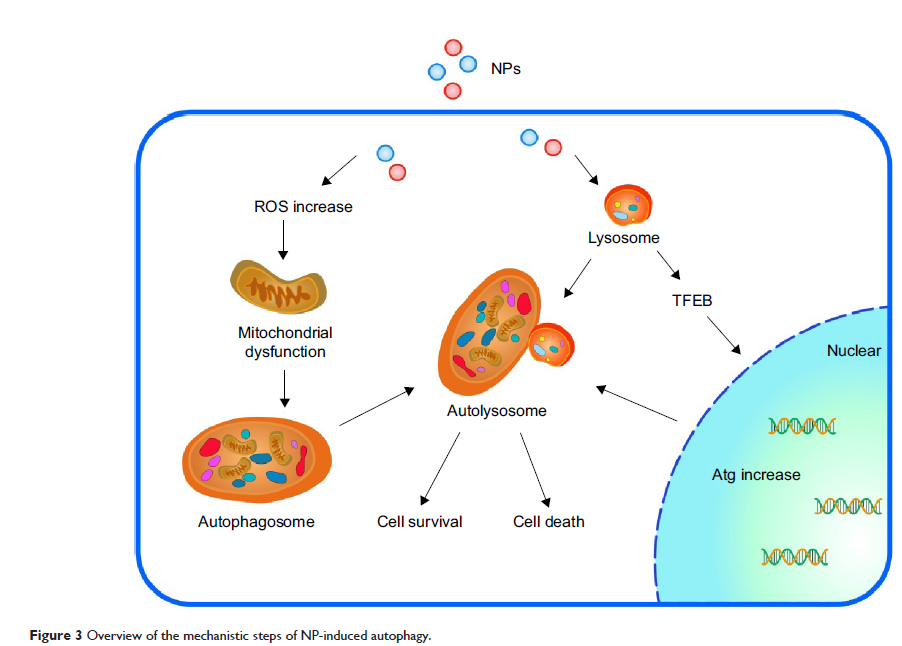9 5 9 0 3
论文已发表
注册即可获取德孚的最新动态
IF 收录期刊
- 3.3 Breast Cancer (Dove Med Press)
- 3.4 Clin Epidemiol
- 2.5 Cancer Manag Res
- 2.9 Infect Drug Resist
- 3.5 Clin Interv Aging
- 4.7 Drug Des Dev Ther
- 2.7 Int J Chronic Obstr
- 6.6 Int J Nanomed
- 2.5 Int J Women's Health
- 2.5 Neuropsych Dis Treat
- 2.7 OncoTargets Ther
- 2.0 Patient Prefer Adher
- 2.3 Ther Clin Risk Manag
- 2.5 J Pain Res
- 2.8 Diabet Metab Synd Ob
- 2.8 Psychol Res Behav Ma
- 3.0 Nat Sci Sleep
- 1.8 Pharmgenomics Pers Med
- 2.7 Risk Manag Healthc Policy
- 4.2 J Inflamm Res
- 2.1 Int J Gen Med
- 4.2 J Hepatocell Carcinoma
- 3.7 J Asthma Allergy
- 1.9 Clin Cosmet Investig Dermatol
- 2.7 J Multidiscip Healthc

金属纳米颗粒对中枢神经所产生的毒性效应
Authors Feng XL, Chen AJ, Zhang YL, Wang JF, Shao LQ, Wei LM
Published Date July 2015 Volume 2015:10 Pages 4321—4340
DOI http://dx.doi.org/10.2147/IJN.S78308
Received 28 November 2014, Accepted 29 April 2015, Published 3 July 2015
Approved for publication by Dr Lei Yang
Abstract: Nanomaterials (NMs) are increasingly used for the therapy, diagnosis, and monitoring of disease- or drug-induced mechanisms in the human biological system. In view of their small size, after certain modifications, NMs have the capacity to bypass or cross the blood–brain barrier. Nanotechnology is particularly advantageous in the field of neurology. Examples may include the utilization of nanoparticle (NP)-based drug carriers to readily cross the blood–brain barrier to treat central nervous system (CNS) diseases, nanoscaffolds for axonal regeneration, nanoelectromechanical systems in neurological operations, and NPs in molecular imaging and CNS imaging. However, NPs can also be potentially hazardous to the CNS in terms of nanoneurotoxicity via several possible mechanisms, such as oxidative stress, autophagy, and lysosome dysfunction, and the activation of certain signaling pathways. In this review, we discuss the dual effect of NMs on the CNS and the mechanisms involved. The limitations of the current research are also discussed.
Keywords: nanomaterials, neurotoxicity, blood–brain barrier, autophagy, ROS
